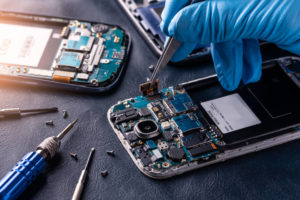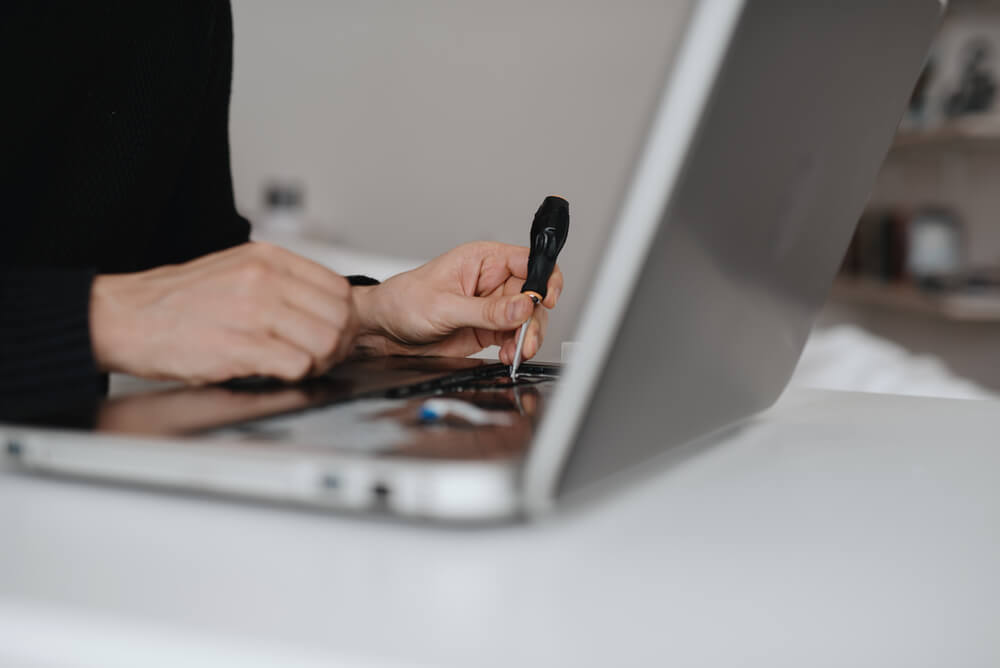These days people rely more on computers than ever before. This means that if your computer or laptop goes down, it can severely impact your ability to work, play and entertain. There are certain issues that need to be addressed by a professional, but there are some common problems that you can resolve on your own.
General Issues
Although it may seem simple, it is a good way to start troubleshooting a computer problem. If possible, avoid turning the computer off by pressing the power button. Instead, use the navigation buttons for the restart. You may need to install a software update downloaded to your computer. Sometimes, there may be a background process that slows you down or causes problems. These things can be fixed by a restart.
Slow speeds
The first step in diagnosing a slow computer is to identify the problem. First, check which programs are currently running. Some may be running in background. Then shut down any you don’t use. You may need to close any browser windows that are open to stop ads and videos being loaded.
It’s also possible to check your internet connection to see if there are slow downloads or slow browsing. Speedtest.net allows you to test your upload and download speeds. Your speeds should not exceed 50% of the advertised speed. You will also be able to see the “ping” time. This should not exceed 100 milliseconds.
If the readings are low, it could indicate a problem with your ISP. Check their website, call customer support, It could also be an issue with your internet connectivity. Reset your router and modem by disconnecting it. Allow it to cool down for about 30 seconds before you plug it back in.



